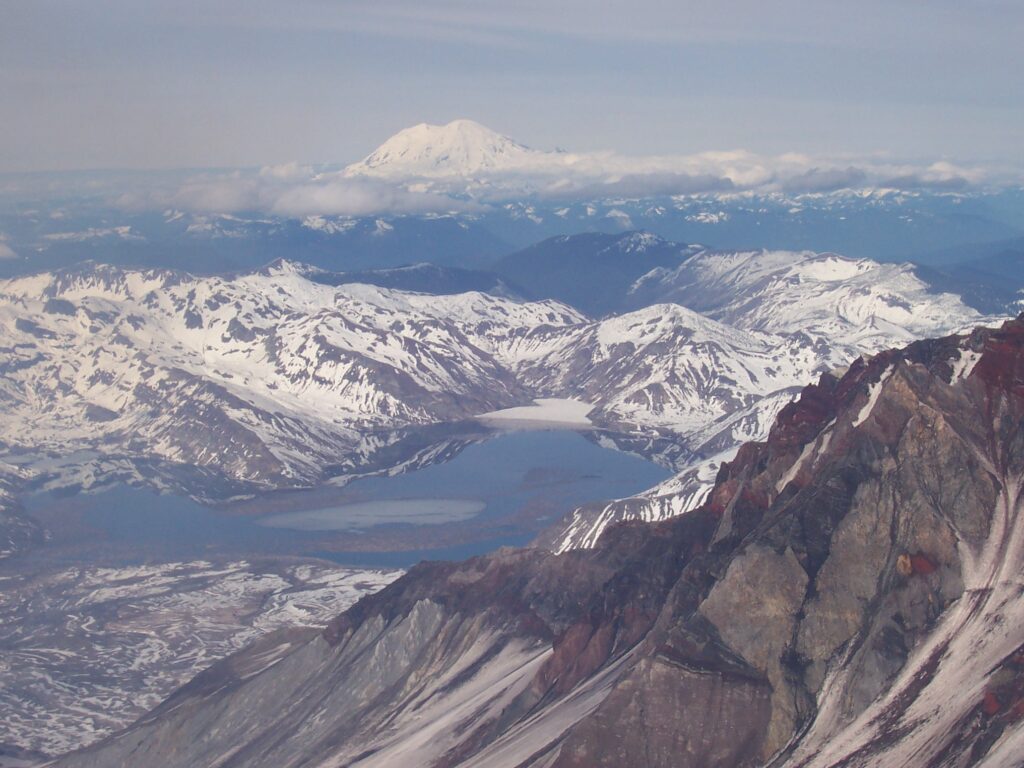
We who have spent most of our lives in southwest Washington tend to take Mt. St. Helens for granted. We assume people remember the 1980 eruption and its ash fall, that they have watched the mountain’s subsequent eruptive plumes. Our mountain is the expected image from most viewpoints. While many of us have climbed Mt. St. Helens, many more consider climbing the local hill to be a tourist activity for someone who can’t correctly pronounce Spokane, much less Chelatchie. If you fall into this second category, or if you consider the eight-hour hike to be either too boring or too challenging, please reconsider. Mt. St. Helens is arguably one of the most unique terrain features in North America. Physically experiencing our mountain, gazing inside the monstrous crater with your own eyes, getting a very small taste of mountaineering, should be on the “bucket list” of all of us who live within eruptive earshot of America’s most active volcano.
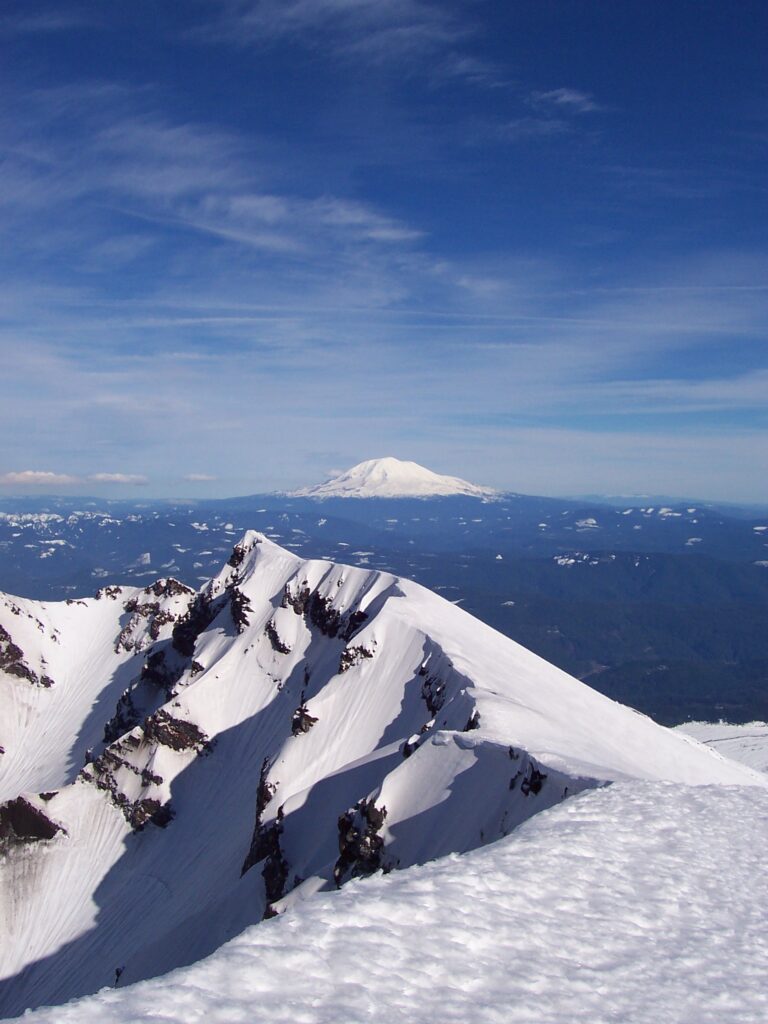
Mt. St. Helens provides a variety of climbing experiences throughout a year’s worth of seasonal changes. If an occasional hike is the limit of your outdoors experience, a St. Helens climb is still possible. In the snow-clearing heat and long daylight hours of late summer, a daytime climb of Mt. St. Helens most closely resembles a very long uphill walk. In typical summer weather, the mountain has lost most of its snow pack by July. From July to October, the summer climbing route requires physical endurance, the ability to scramble over boulders, and sufficient patience to slog through the summit’s sandy ash.
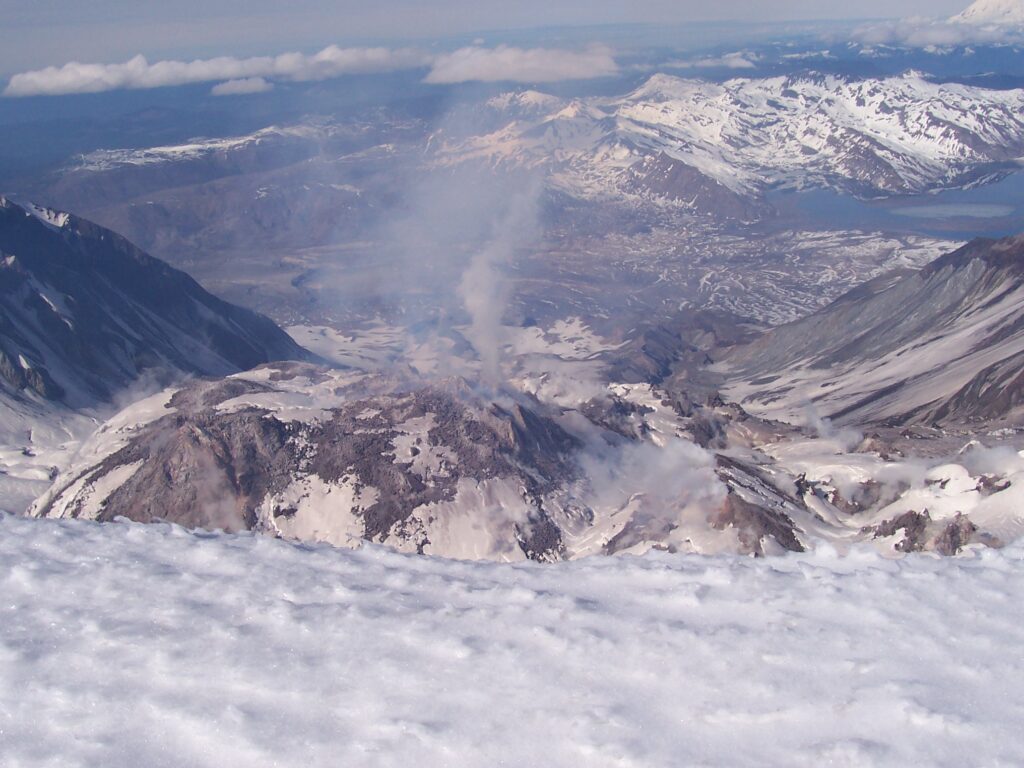
As far as physical beauty, autumn is probably the best season to enjoy our mountain. It is hard to beat the combination of a clear day’s blue skies, the reds, yellows, and oranges of dying leaves, and the brilliant twilights produced by the fall’s moist air. If you are a seasoned summer hiker, have climbed the mountain before, or are simply looking for a more challenging experience than the summer climb, fall hiking is a good next step. Autumn hiking in the northwest requires a different set of skills than summer hiking, such as weather prediction and equipment for the wet and cold. Getting the right weather and snow conditions make a successful summit attempt in the fall quite difficult (unstable early snow, frequent strong cold fronts, and low visibility are common in the fall) The mountain, however, is very enjoyable if you accept that your “climb” may become merely a wet hike as weather or new snow often preclude autumn summit bids.
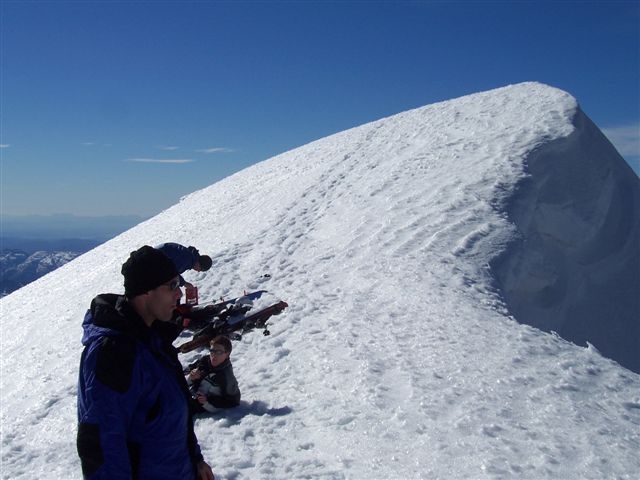
Winter brings an entirely different experience to Mt. St. Helens. The mountain tends to quiet down a bit, as do our own daily lives, after the rush of holiday season. The bustle and busyness of the autumn and early winter storms slowly settle as winter moves to spring. The periods of calm and sun grow in duration and frequency as the days lengthen. What remains after the October to January weather blast is a smooth, white, picturesque hill. Climbing Mt. St. Helens in winter is to get a small hint, a taste, of the alpine environment. The winter experience can range from a pleasant, warm, sunny uphill walk that closely resembles its summertime counterpart (minus the dust and crowds), to an intimidating and wearying slog through blowing snow, low visibility, and punishing windchill. The winter crowd consists of actual mountaineers goofing off and those of us looking to broaden our summer-based skills.
As winter progresses into spring, the weather shifts from windy days to increasingly frequent warm sunny ones. The soft, sun-warmed snow of the sunny spring allows one to summit in snowshoes, enjoying the wintery views and the invigoration of breathing the crisp air.
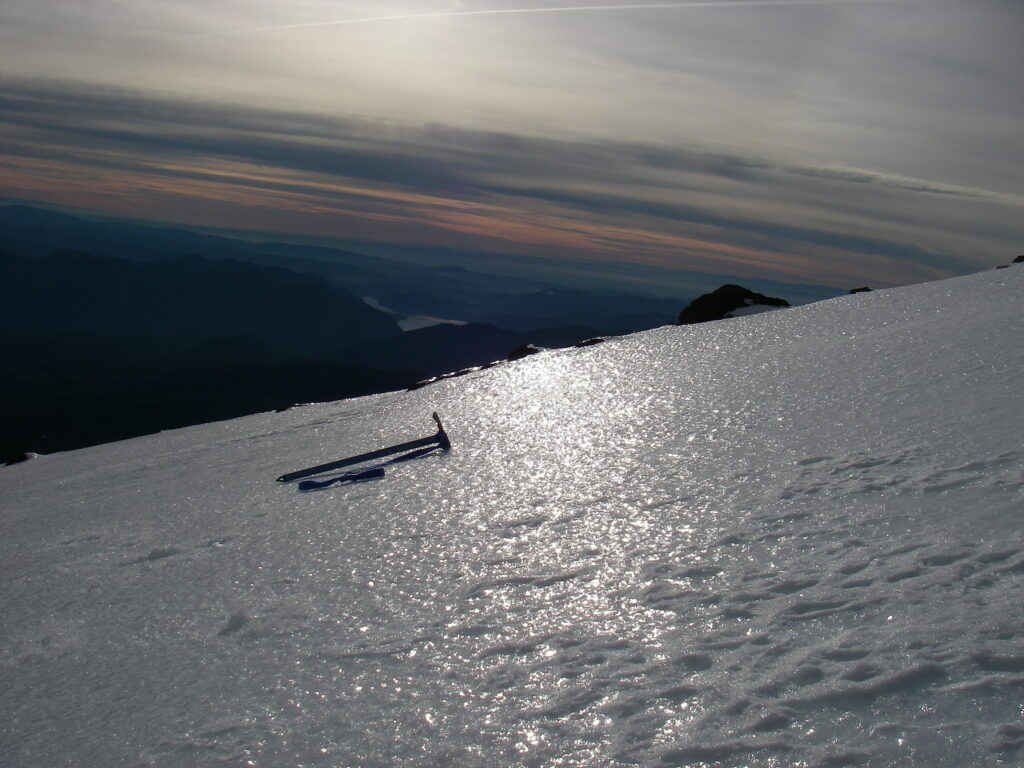
An introduction to mountaineering is well beyond the scope of this article and the expertise of this author. I would, however, encourage a healthy respect for our mountain and the challenges of climbing it. Though climbing Mt. St. Helens isn’t what a mountaineer would consider “climbing”, scaling our hill isn’t to be taken lightly. Before you set off for a summer climb, make sure you are able to sustain a slow pace (constant 1-2 miles per hour) while walking uphill for at least eight hours. The climb, in its entirety, will take upwards of twelve hours to complete and has nearly 5,000 ft of elevation gain. While you will see other climbers successfully summitting in running shoes, a good pair of hiking boots greatly reduces the chances of a turned ankle and having to ask others to spend their day helping you get off the mountain. Always carry several quarts of water and bring enough food for the day.
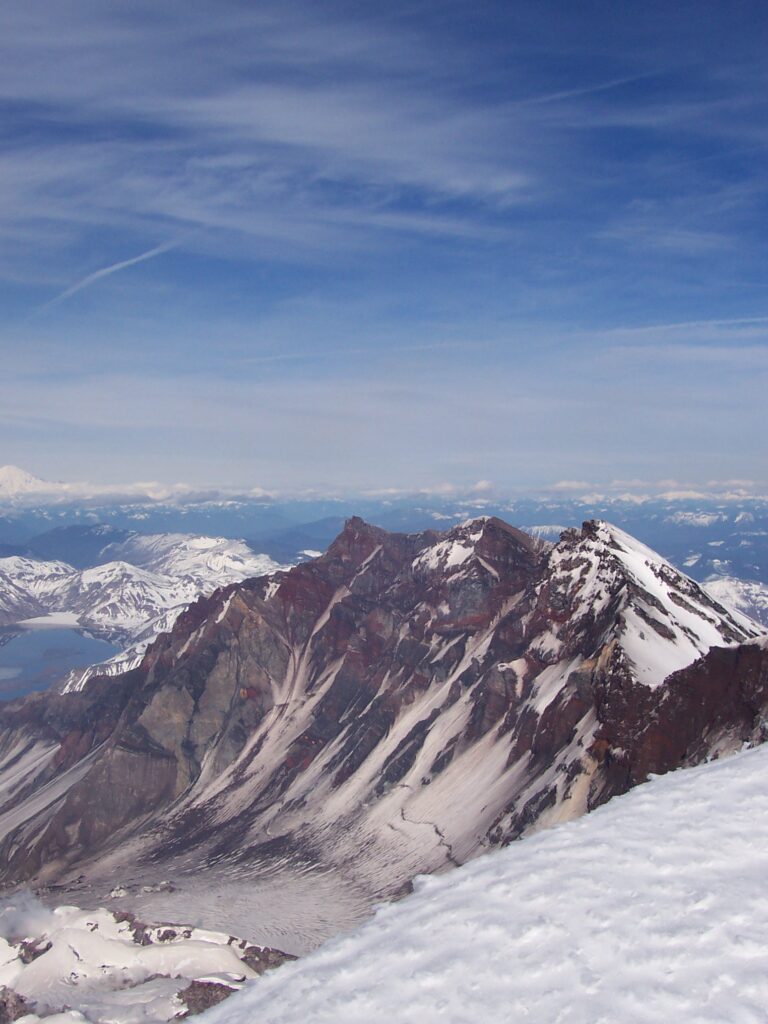
Minimum preparation for a springtime snow climb is to take several snowshoe trips (preferably in wet weather) and have completed a summer climb. The snowshoe excursions will allow you to work out a clothing system that works for you. Winter outdoor clothing should protect you from wind, water, and cold. One method to accomplish this is to utilize the three-layer system. A base layer of synthetic long underwear will move sweat away from your skin, preventing evaporative heat loss. The second, insulating layer, is worn as needed to retain body heat. The final, shell, layer separates you from rain, snow and wind. The prior summertime climb will give you an opportunity to make sure you are physically able to complete a climb (sitting down exhausted in the snow is a recipe for hypothermia and a long night). As with the summer climb, bring several quarts of water and food for a full day. Although it may seem counter-intuitive, sunscreen and sunglasses are an absolute must for a sunny winter climb, as the snow reflects sunlight up into your face. Whether you climb in summer or winter, always practice self-reliance when possible. Climb with a partner and take a few minutes to think through your plan of how to deal with dehydration, sprained ankles, getting lost, and bad weather.
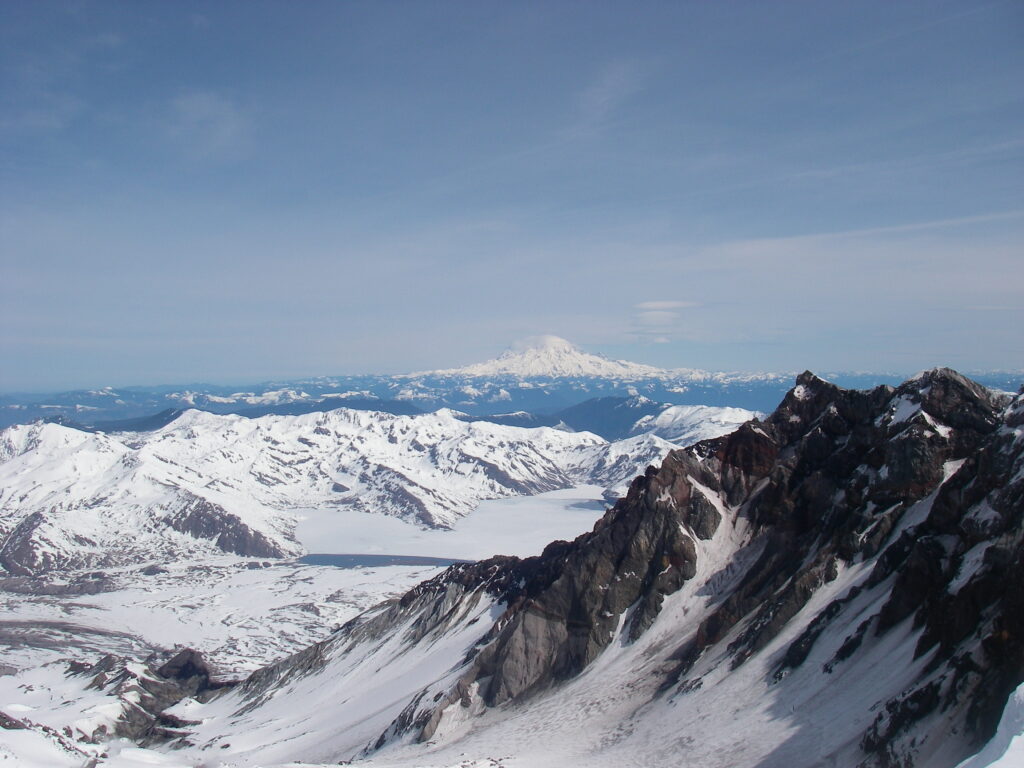
Climbing America’s best known volcano is a great opportunity for we who live in its shadow. If you are able, I highly recommend making climbing Mt. St. Helens one of your life goals.
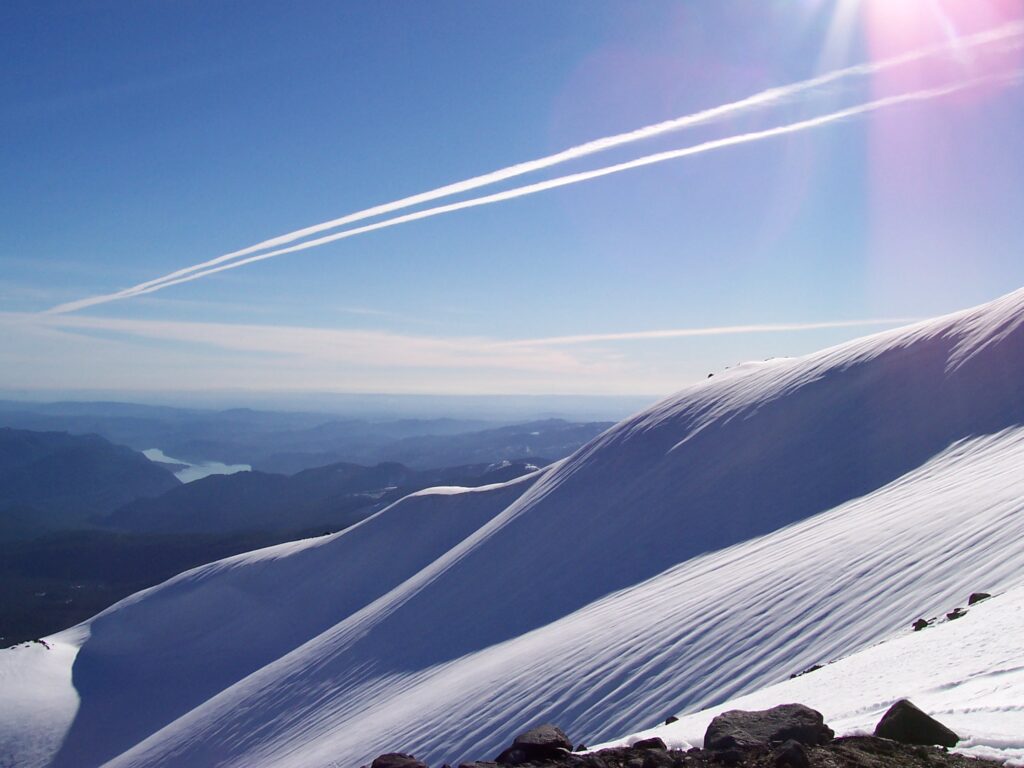

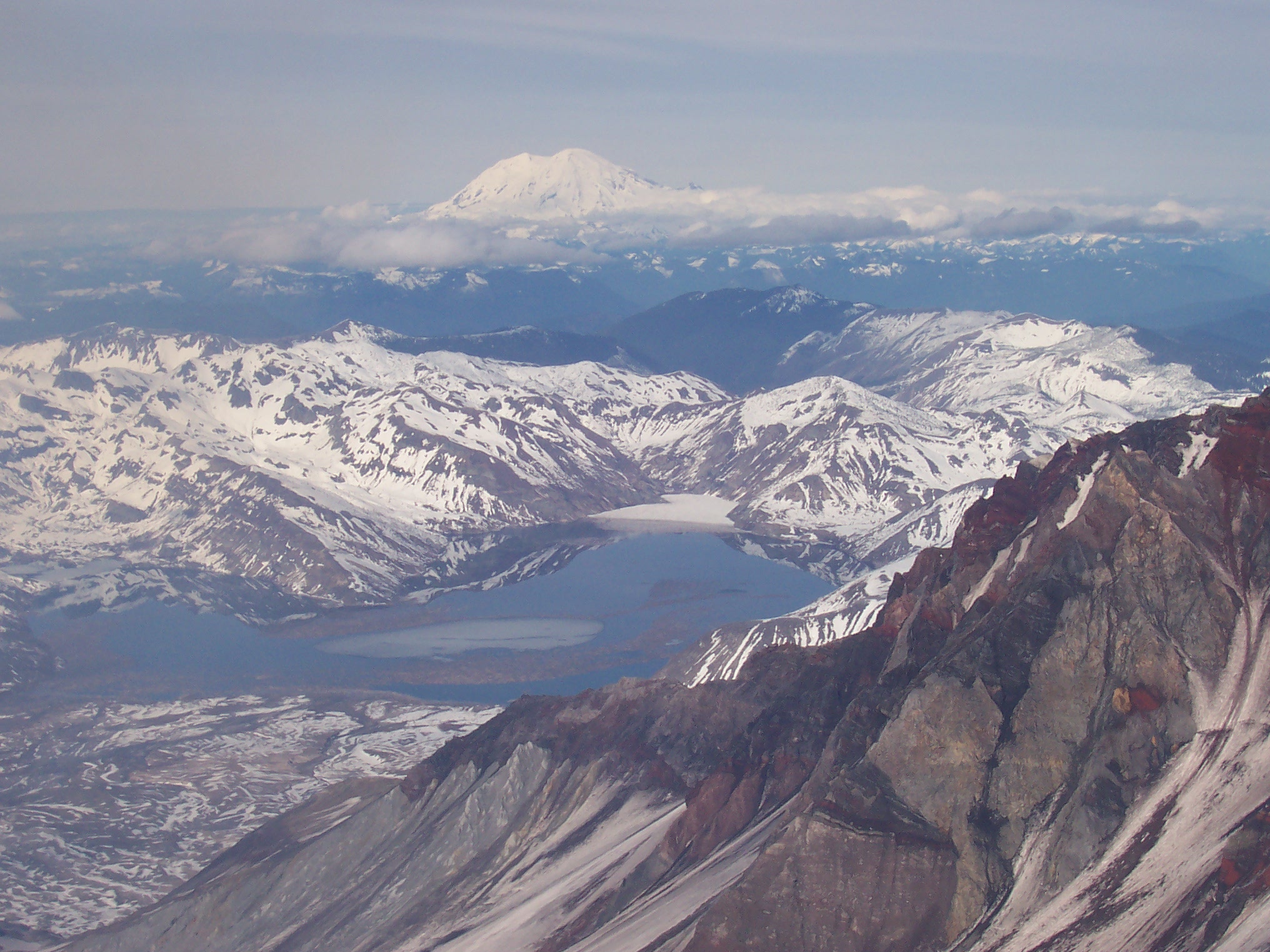
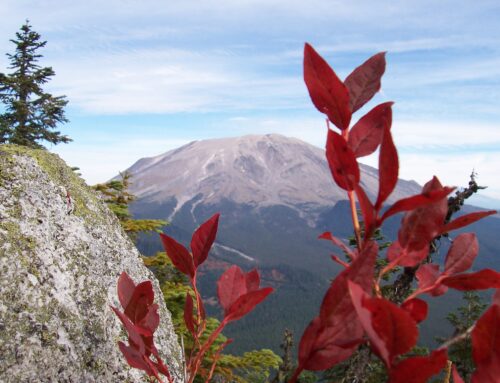
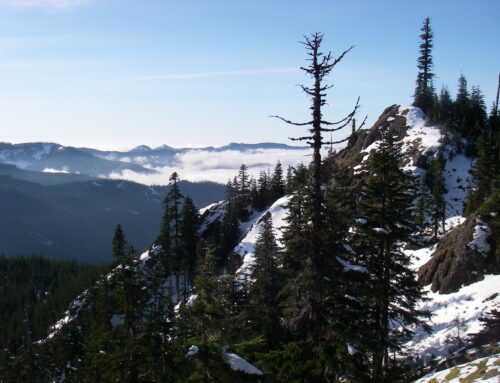
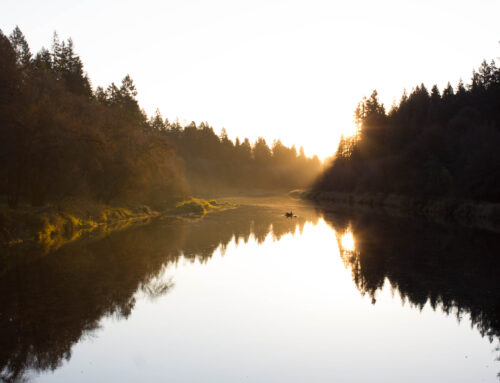
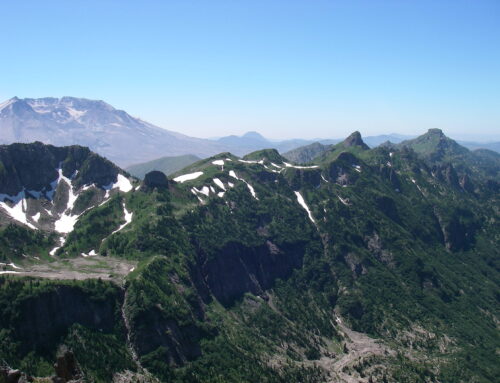

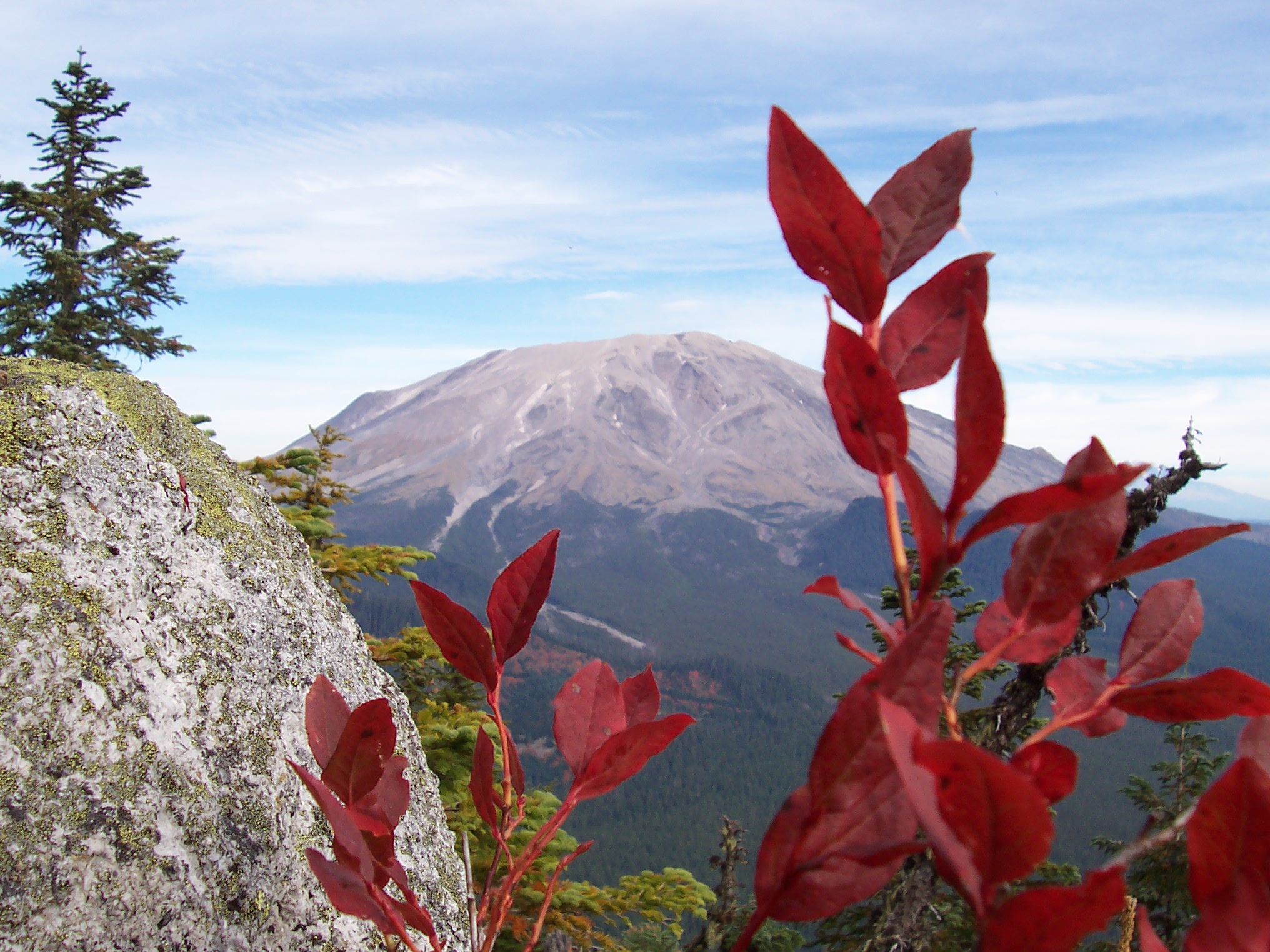
Leave A Comment